18 Oct
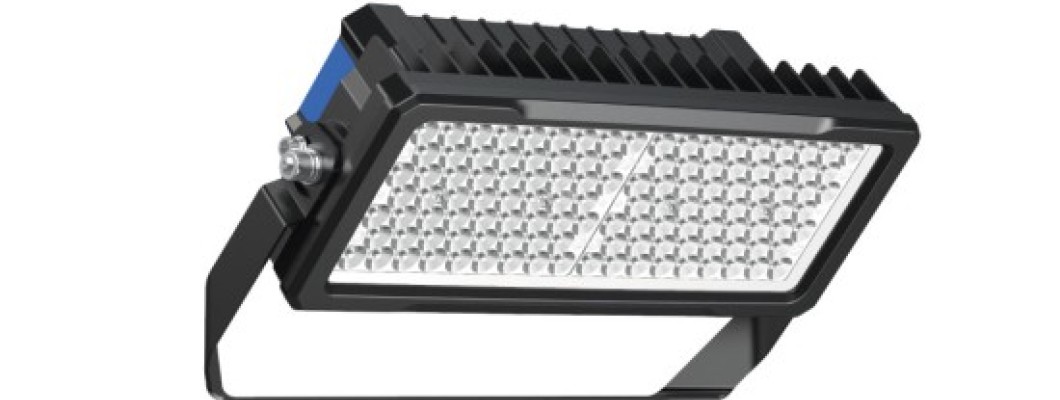

What are the Illuminance Requirements for Padel Court Lighting?
Padel court lighting requirements must be met in order to provide the best possible playing conditions. It is generally advised to have a minimum illuminance level of 200 lux for leisure play, which will provide enough light for informal matches. To improve vision and performance, a higher illuminance of about 300 lux is desirable for competitive play, especially at professional levels. The entire court should have consistent lighting to avoid any dark areas that can interfere with gameplay. In addition to enhancing the entire experience for athletes, fulfilling these requirements complies with the standards for sports lighting established by regulatory organizations.
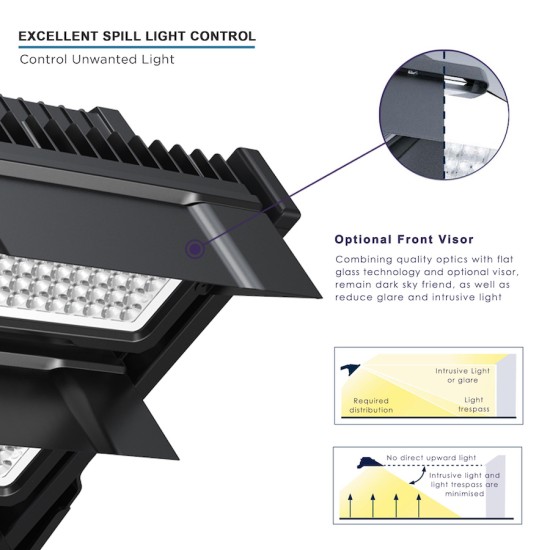
How to Meet European Lighting Standards When it Comes to Padel Court Lighting?
It is crucial to adhere to the rules established by pertinent agencies, such as the European Committee for Standardisation (CEN), in order to meet European lighting requirements for padel court illumination. Start by making sure the lighting meets the required levels of illumination, which are normally about 200 lux for leisure use and 300 lux for competitive play. Make use of premium LED lighting fixtures that reduce glare and offer consistent illumination. To prevent shadows and dark spots, take into account the lights' height and placement as well. To guarantee that the lighting continues to function well over time, routine maintenance is essential.
How to Choose Padel Court Lighting Design?
Choosing the right padel court lighting design involves several considerations to enhance both functionality and aesthetics. Begin by determining the purpose of the court—recreational or competitive—as this influences the required illuminance levels. Select high-quality lighting fixtures, such as LED floodlights, for energy efficiency and brightness. Consider the layout and spacing of the lights to ensure uniform coverage without dark spots. The design should also minimize glare, which can distract players. Additionally, aesthetics play a role; the lighting should complement the overall look of the facility. Lastly, consult with lighting professionals to create a design that meets all safety and performance standards.

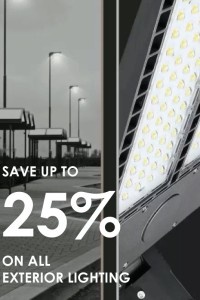
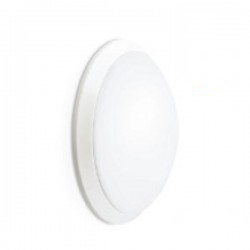
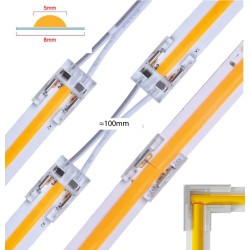
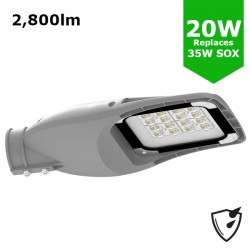
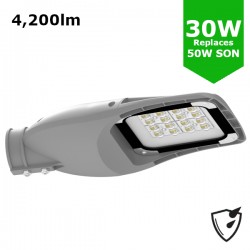
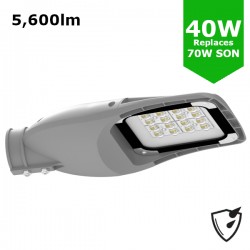
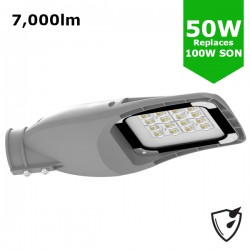
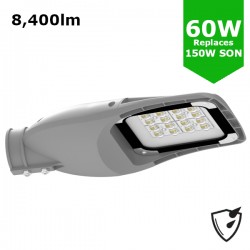
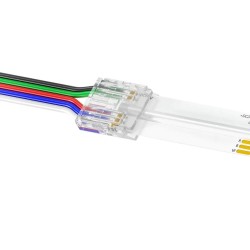

Leave a Comment